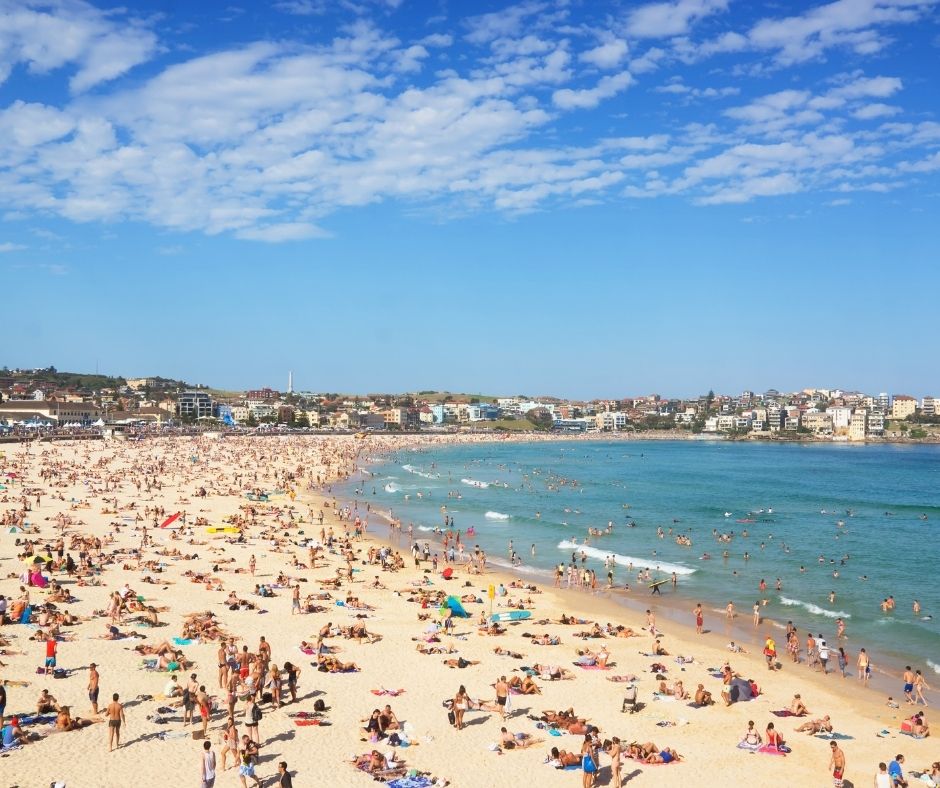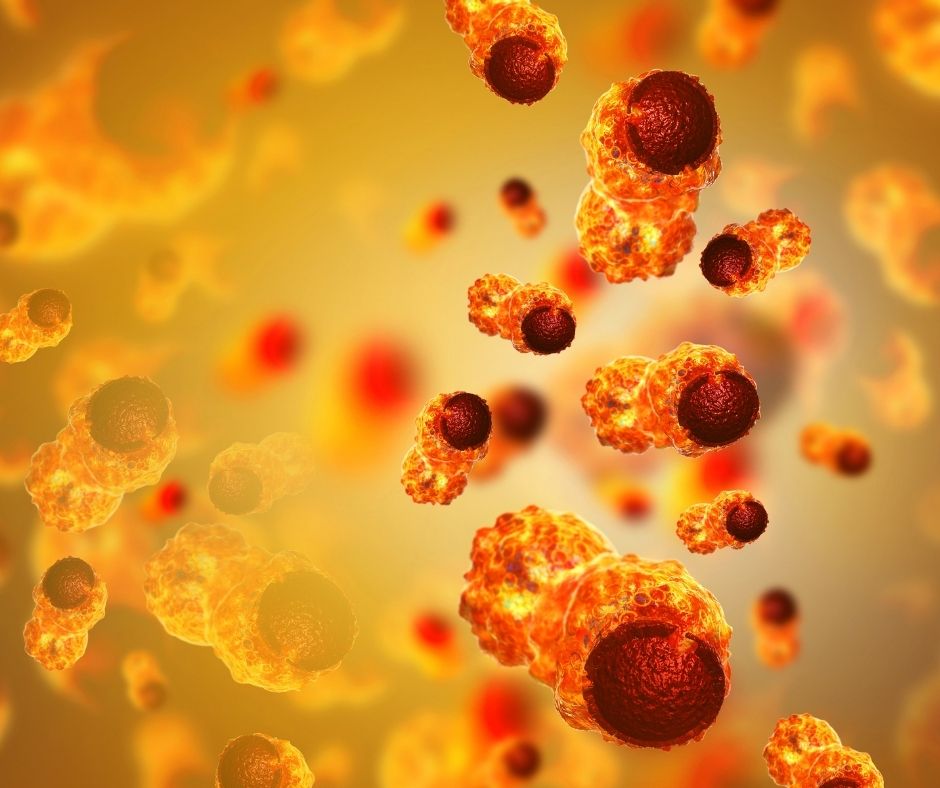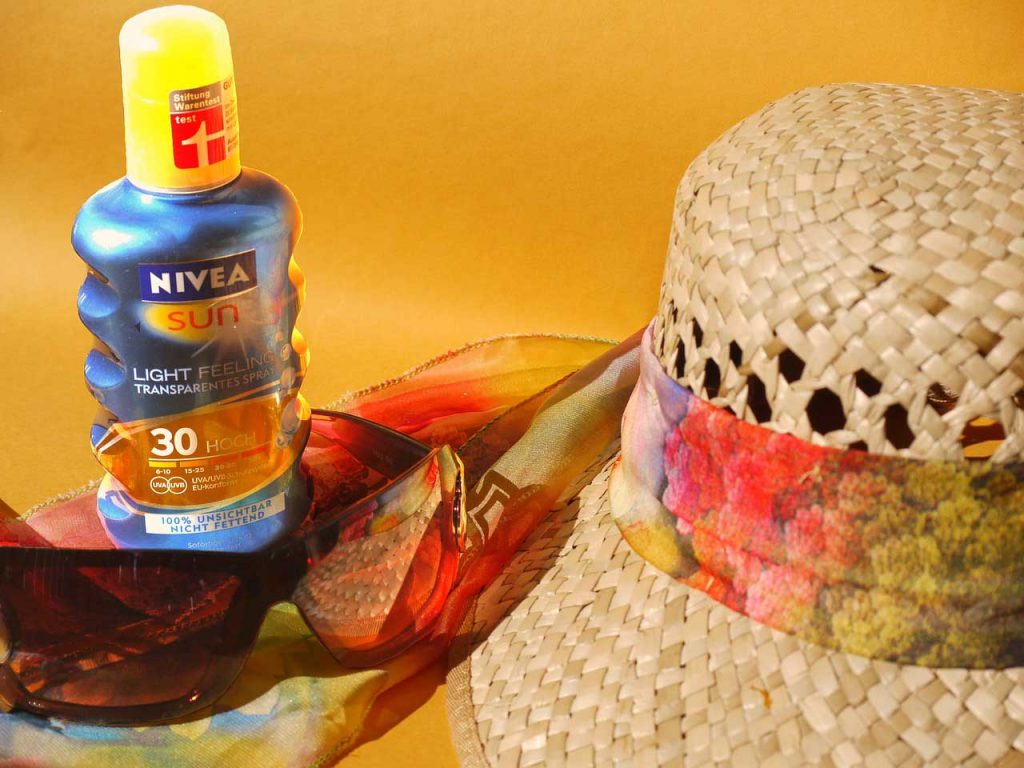This week is National Skin Cancer Awareness Week, which provides a timely reminder for us all to protect our skin and get it checked as we head towards summer.
Perth is one of the sunniest cities in the world, with an annual average of eight hours of sunshine every day. It’s no wonder then, that skin cancer accounts for the largest number of cancers diagnosed in Australia each year.

Skin cancer in Australia – the stats
According to the Cancer Council of Australia, two in three Australian’s will be diagnosed with skin cancer by the age of 70, with the majority of skin cancers caused by exposure to the sun.
Australia has one of the highest rates of skin cancer in the world, two to three times that of Canada, the US and the UK.
Every year in Australia:
- Skin cancers account for around 80% of all newly diagnosed skin cancers
- GPs have over 1 million patient consultations per year for skin cancer
- More than 2,000 people die from skin cancer
Approximately 200 melanomas and 34,000 other skin cancer types per year are caused by occupational exposures.
What causes skin cancer?
Cancer is a disease of the cells that occurs when abnormal cells grow in an uncontrolled way and damage or invade the surrounding tissues or spread to other parts of the body.
Skin cancer affects the body’s skin cells and is mainly caused by cumulative exposure to ultraviolet radiation (UVR) from the sun.

There are three main types of skin cancer:
- Basal Cell Carcinoma – the most common but least dangerous form of skin cancer. Basal cell carcinomas generally develop on the head, neck and upper body and appear as a pearly lump or a scaly, dry area that is pale or pink in colour. They tend to grow slowly and don’t usually spread to other parts of the body.
- Squamous Cell Carcinoma – usually appear on areas of the skin that are most often exposed to the sun, including the head, neck, hands, forearms and lower legs. Squamous cell carcinomas often appear as a thickened, red, scaly lump and may look like a sore that hasn’t healed. They can grow quickly over several weeks or months and spread to other parts of the body.
- Melanoma – while it is the least common type of skin cancer, it is also the most serious. Melanomas are different to normal, healthy freckles and moles in that they tend to have an irregular edge or surface and can be blotchy and black, brown, blue, red, white or light grey. Melanomas can grow quickly and become life threatening, spreading to other parts of the body.
While sun exposure is the main cause of skin cancer, there are other factors that can increase someone’s risk of developing the disease. These include:
- The total number of moles you have.
- The number of atypical (dysplastic) naevi (moles) you have.
- Your skin, hair and eye colour, with those with fair skin, blue or green eyes and/or fair or red hair at greater risk.
- A depressed immune system.
- A family history of skin cancer.

Preventing skin cancer
The good news is that over 95% of skin cancers can be treated if found early. It is therefore important that you get to know your skin and see your doctor as soon as possible if you notice anything different or unusual.
The key things to look for are:
- A spot that is different from other spots on the skin.
- A spot, mole or freckle that has changed in size, shape or colour.
- A sore that doesn’t heal.
- A spot that itches or bleeds.
- A spot that is painful or swollen.
In the case of melanomas, follow the ABCDE rule and look closely for:
- Asymmetry – where, if divided down the middle, the 2 halves of the spot are not a mirror image.
- Border – spots with uneven borders and irregular edges.
- Colour – spots with an unusual or uneven colour.
- Diameter – spots that are wider than 6mm.
- Evolving – where a spot or lesion has changed in size, shape, colour or texture over time.
Other simple measures you can take to prevent skin cancer include:
- Wearing protective clothing in the sun.
- Applying water-resistant SPF30 or higher sunscreen, at least 20 minute before going outside and reapplying every two hours.
- Wearing a broad-brimmed, bucket, or legionnaire-style hat.
- Reducing outdoor time, particularly during the hottest part of the day, and staying in the shade when outdoors.
- Wearing sunglasses that comply with Australian and New Zealand standards.

Get your skin checked at IMC
Getting a regular skin check is one of the best ways to detect skin cancer early. Skin cancer is diagnosed by a physical examination and biopsy on suspected skin cancers. A biopsy is a simple and quick procedure where part or all of the suspect spot is removed and sent to a laboratory for testing.
Illawarra Medical Centre offers a comprehensive range of dermatology services, including skin cancer checks, mole screening and general dermatology screenings.
Our specialist GP, Dr Dhruva Ramachandra, runs regular skin cancer and dermatology checks at our practice on Tuesday mornings.
We have also recently introduced new dermatology software at our practice to improve the imaging, documentation and analysis of skin conditions, including skin cancer. This new patient-centric system allows for a more streamlined and co-ordinated health care approach for our dermatology patients.

To make a booking with any of our GPs to discuss any skin concerns you may have, visit our Online Bookings page or contact us on (08) 9208 6400.
To make an appointment for one of our Tuesday skin clinics, contact our Reception on (08) 9208 6400.
For more information on this topic, visit:
- Australian Institute of Health and Welfare – https://www.aihw.gov.au/reports/cancer/skin-cancer-in-australia/summary
- Cancer Australia – https://www.canceraustralia.gov.au/affected-cancer/cancer-types/melanoma/what-melanoma
- Cancer Council – https://www.cancer.org.au/cancer-information/types-of-cancer/skin-cancer
- Health Direct – https://www.healthdirect.gov.au/skin-cancer-and-melanomas
- Sun Smart – https://www.sunsmart.com.au
- The Australasian College of Dermatologists – https://www.dermcoll.edu.au/atoz/skin-cancer-overview/
